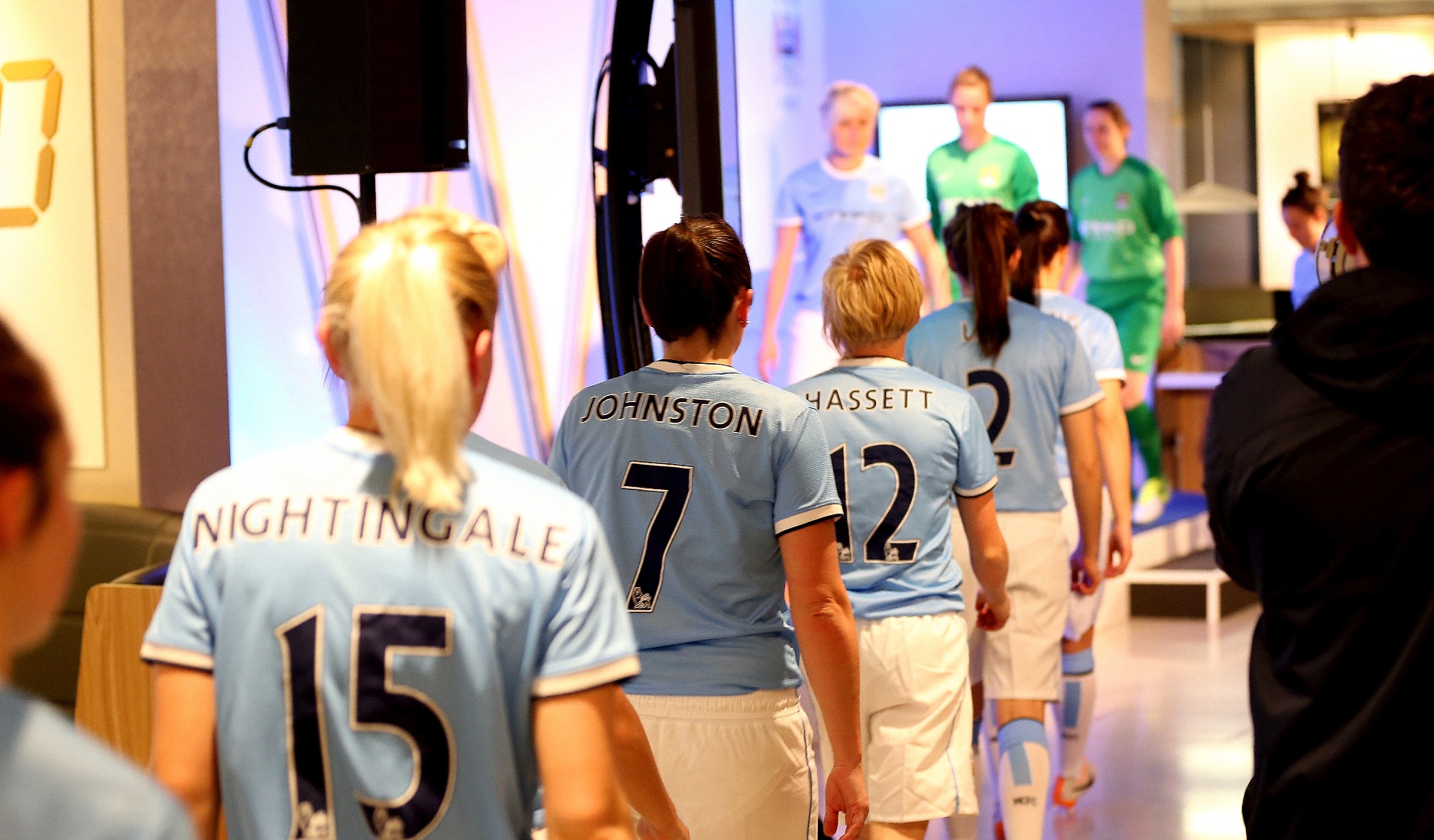
New research from leading charity, Women in Sport, highlights the continued lack of visibility of women’s sports coverage across five European countries.
New research, co-funded by the Erasmus+ programme of the European Union, will be shared at Women in Sport’s Empower Conference in London, 18th October, highlighting that women’s sport is often ‘barely visible’ in all five nations studied.
With evidence of some countries failing to achieve more than 2% of coverage for women’s sport and around 30% of some channels having zero women’s sport coverage in some periods, this research shows there is still a long way to go in achieving parity for women’s and men’s sport.
Key findings from ‘Where are all the Women? Shining a light on the visibility of women’s sport in the media.’
- Women’s sport media coverage lags significantly behind that for men’s: Across all five countries, despite the variation in the extent of coverage, women’s sport is significantly less visible than men’s sport and does not reflect the extent of high-level, exciting women’s sport taking place. Men’s sport accounted for over 80% of coverage in the UK, Sweden and Malta, with football a significant driver of this. In Greece and Romania, men’s sports coverage was a little lower at 70% and 60% respectively (with more mixed sport covered), but still dominated.
- Levels of visibility need to be elevated: in four of the five countries, women’s sport failed to achieve above 10% of all sports coverage. Coverage is at its lowest in Malta and Greece, where it failed to achieve more than 2%. In Sweden and the UK, the picture was variable, achieving between 3-6% (Sweden) and 4-10% (UK). Romania had the highest and most consistent coverage, peaking at 14%, predominantly driven by tennis champion, Simona Halep, helped by her celebrity status in the country.
- Pay TV is dominated by men’s sport programming: 31% of the channels monitored showed only men’s sport (23 out of 74). Some free-to-air (FTA) channels, as well as Eurosport, provided coverage of women’s sport to a greater extent through major mixed events. FTA channels have an important role to play in reaching new and larger audiences.
The challenge uncovered by the research is maintaining women’s sport coverage outside of just international competition. International competitions underpin higher coverage periods, although outside of these events, reporting diminished considerably when domestic competition was all that was available.

In terms of the quality of coverage of women’s sport, in the UK, 58% of women’s sport articles (online and print) and 51% of men’s sport articles, used action images, indicating a more equal tone of the sports coverage. In Sweden however, action shots were only used in 47% of women’s sport coverage compared to 67% of men’s sport articles.
In the UK, 31% of articles (online and print) used gender tagging – ‘women’s’ events for example, compared to only 3% of men’s sport articles. In Sweden this was just 2% for women’s sport articles by contrast.
Women in Sport’s CEO Ruth Holdaway says:
“Where national teams are successful, or individual women’s sports stars have a strong following, the media shows interest, therefore coverage and viewing figures are strong.
“However, when it comes to domestic leagues, women’s sport is still significantly under-represented. This inconsistent profile of women’s sport in the media needs addressing so that the positive impact of the visibility of women’s sport can be realised.”
A number of best practice tools and initiatives have been outlined in the report, which will be discussed and debated at the Empower Conference, sponsored by Skoda. The conference will see trailblazers, record breakers and campaigners discuss and celebrate how sport can help us to reach a fairer future.
To view the full report click here



